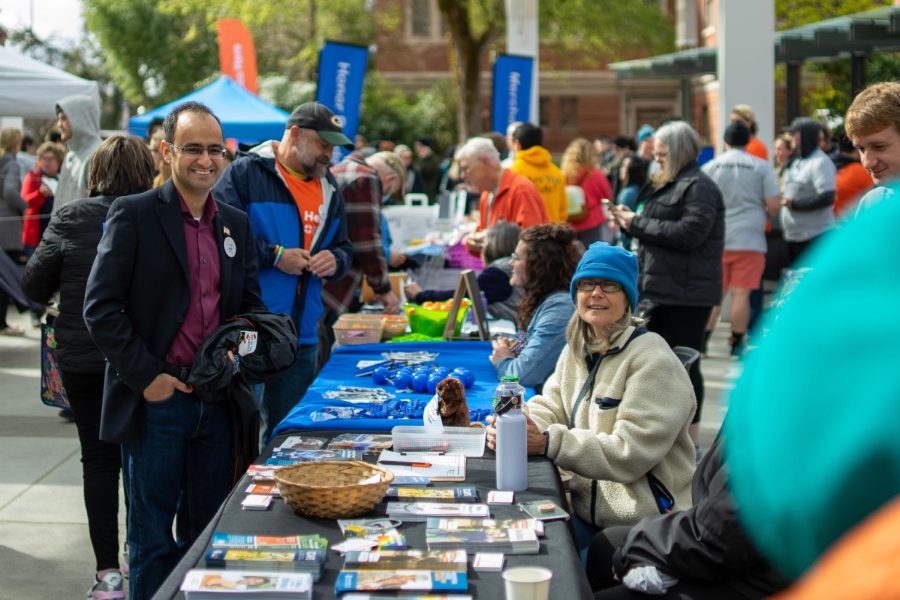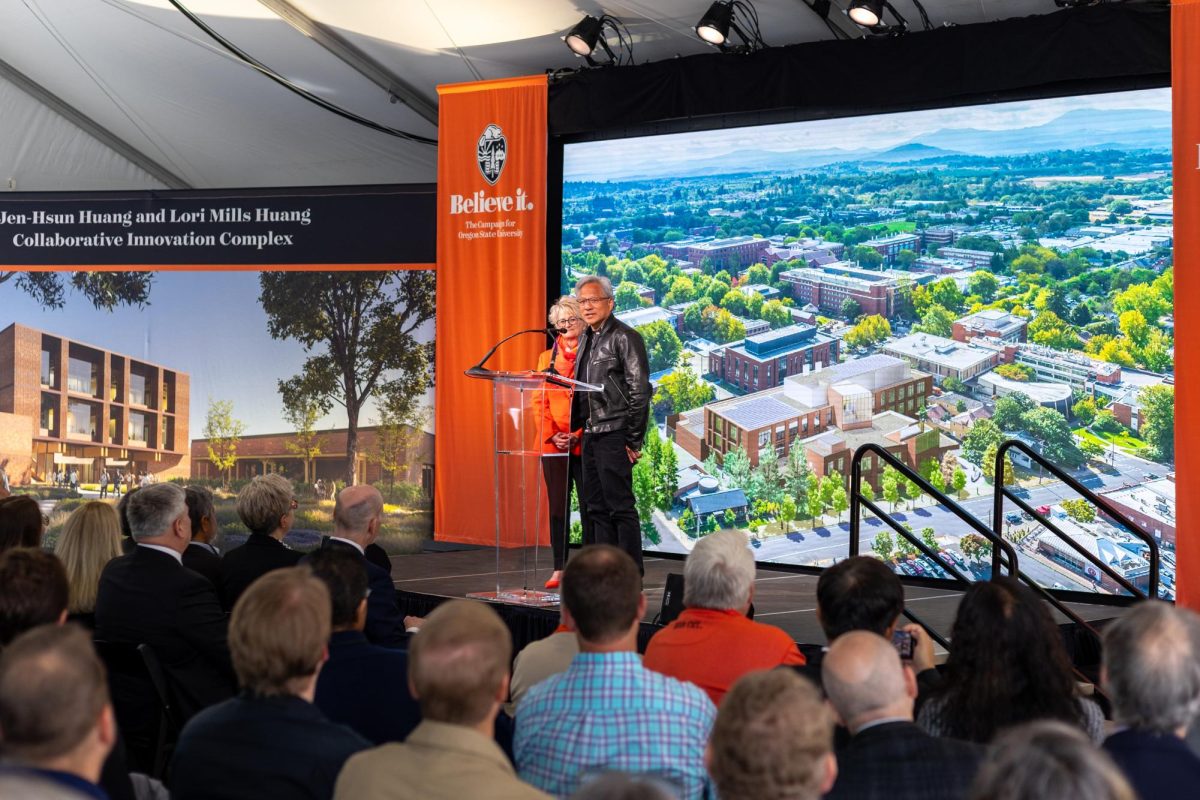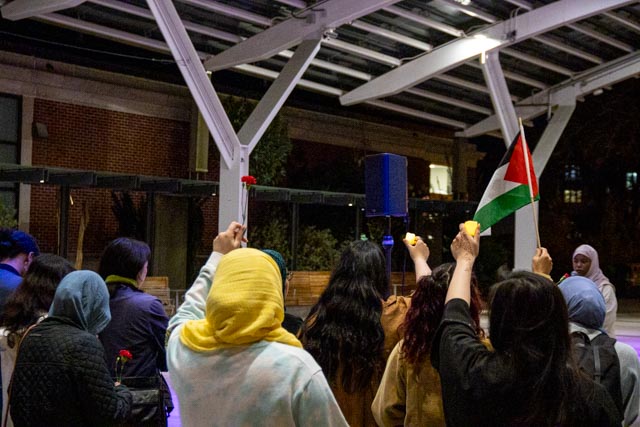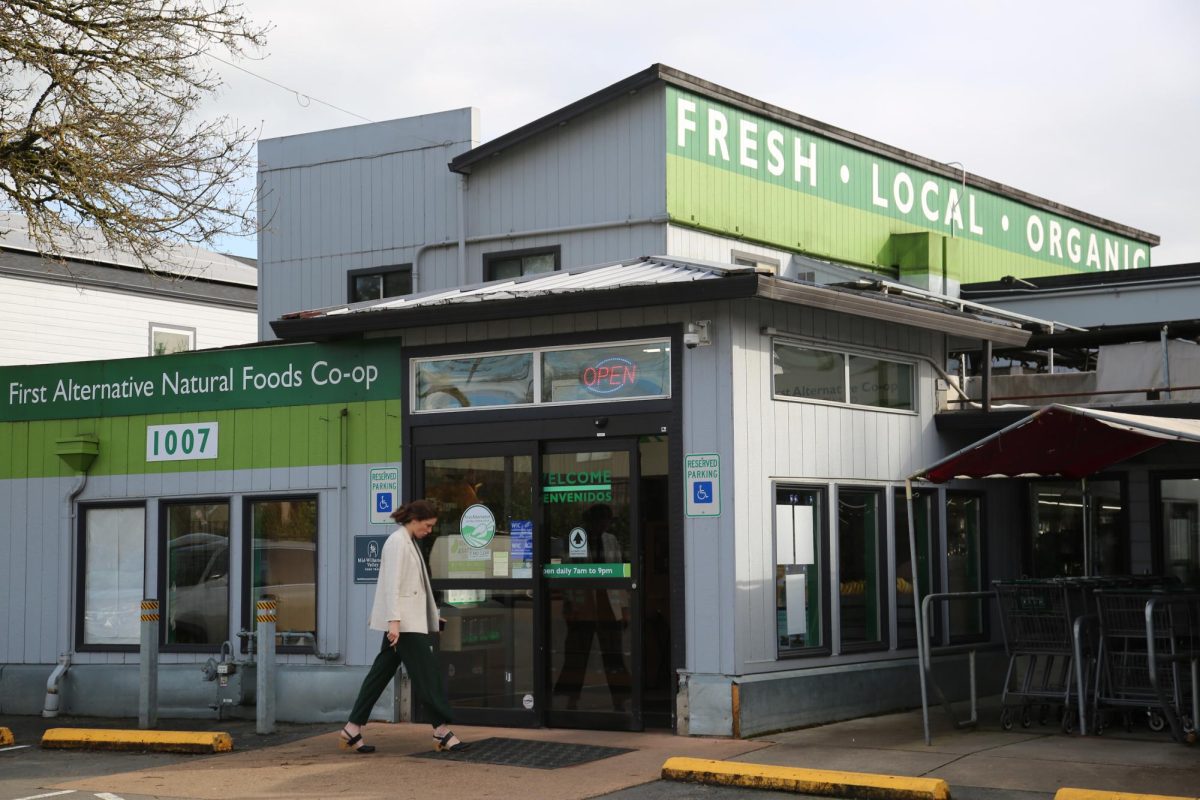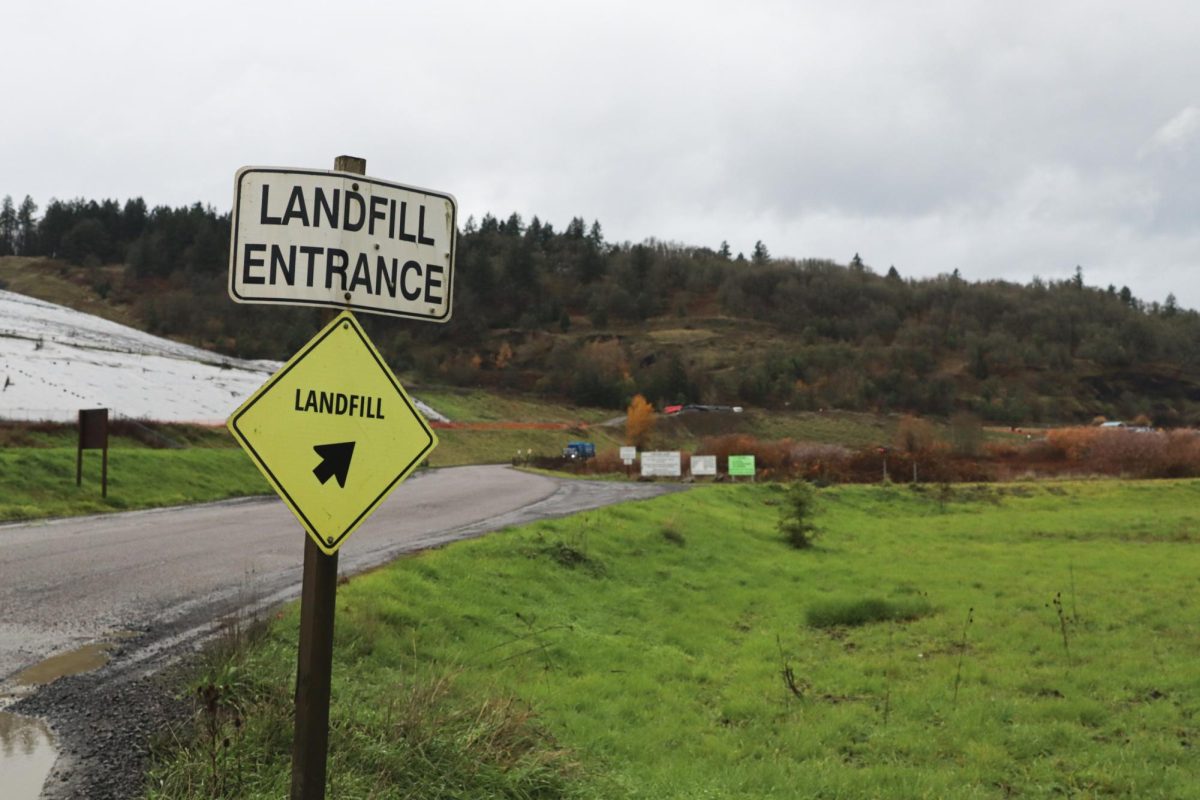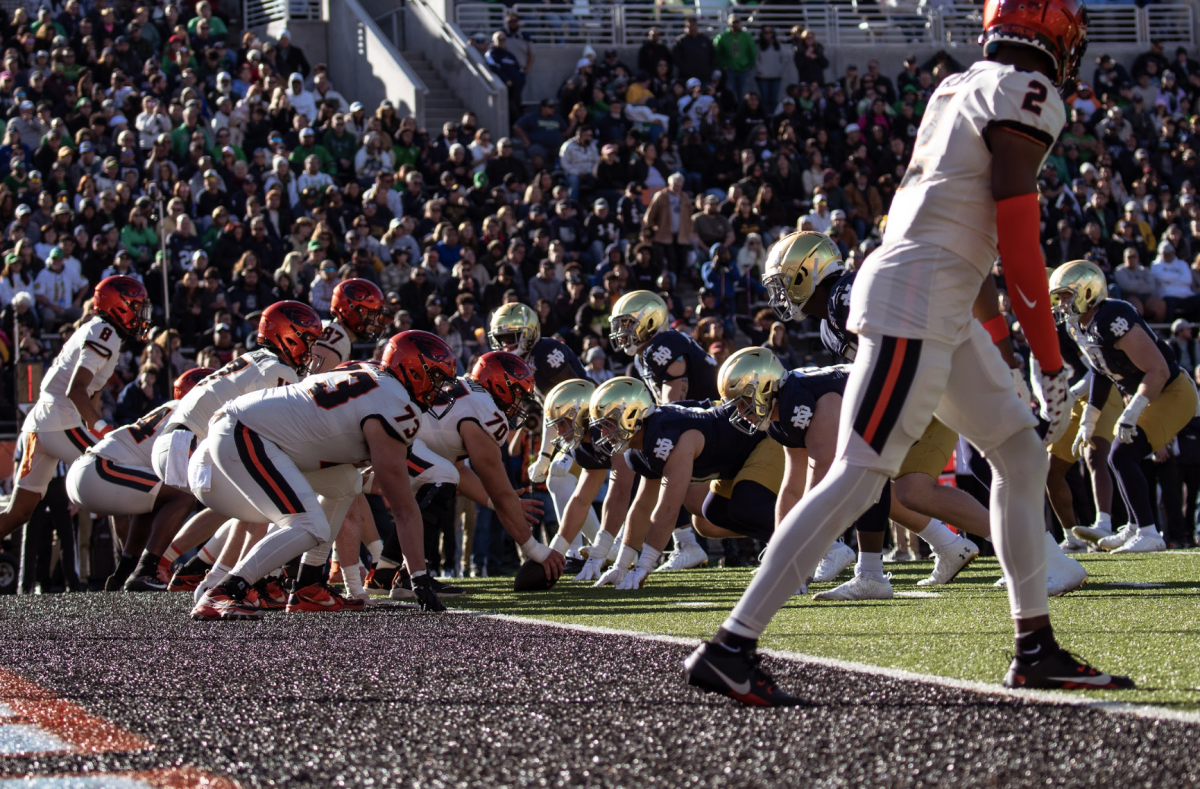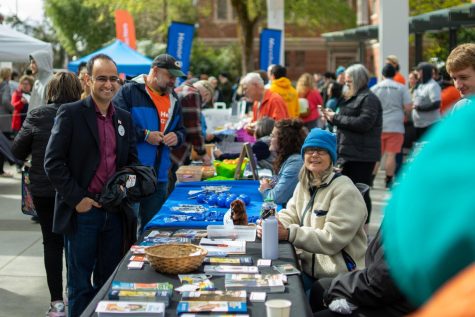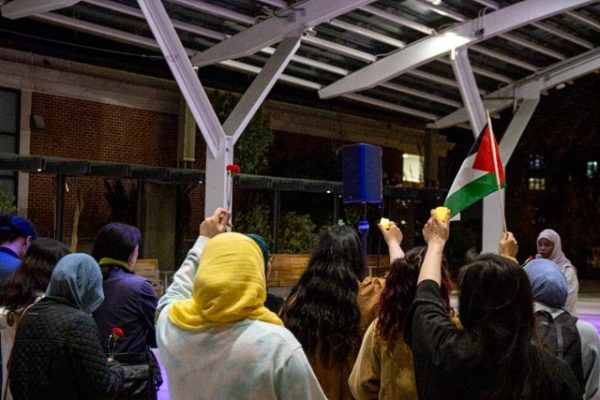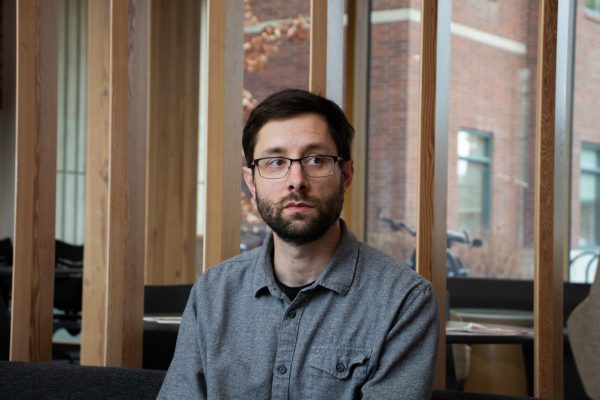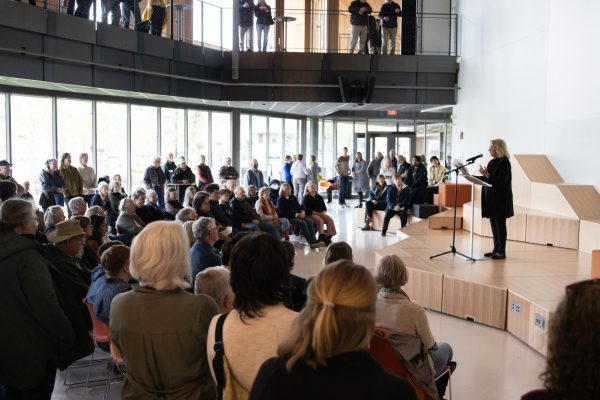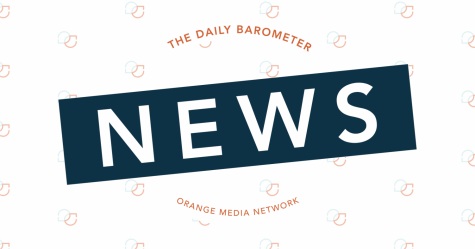Native American Identity Panel
November 18, 2015
Addressing concerns among the Native American community on campus, yesterday in the Eena Haws Native American Longhouse a panel of students discussed heritage and the tribal system, racial insensitivity, and how each individual identifies with their own Native culture.
Each member has different experiences adjusting their identity to student life, ranging from complete lack of community to increased involvement with their Native American heritage. According to Julia Matthews, a peer facilitator with the NAL, the Longhouse allowed her to keep her Native identity as a part of her life.
When proposed with the amount of assimilation each panel member faced, responses varied. Erica Fuller, President of College Democrats, described the transition from the predominantly white neighborhood she grew up in to another predominantly white campus with minimal adjustment.
“Nobody can take my identity away from me,” Fuller said.
Matt Williams, another peer facilitator with the NAL, focused more on the positive education and exposure to other cultures on campus. Many members on the panel addressed multiple misconceptions that they face by identifying with their Native American heritage.
One of the largest issues discussed included the financial state of many Native Americans and reservations. Williams said that he has seen the financial struggles on his own reservation, Pine Ridge, South Dakota.
“Life expectancy is 55 years one of the lowest in the country and the unemployment rate is 80 percent,” Williams said.
Matthews questioned the compensation for the assimilation of Native Americans.
“Can you put a price on it? Because I can’t. The Alaska Native are struggling,” Matthews said.
According to Fuller, many non-Native people are under the assumption that Native Americans’ resources and funds are taken care of when, in fact, they are the poorest people living in the country.
The members have different perspectives on the tribal system. Despite the multiple perspectives, all agreed on the implications that tribes often face on the reservations due to the sharing of land and titles. According to Williams, many tribes who were traditionally enemies were placed on the same reservations on many occasions.
Fuller has had her own personal struggles as an Afro Native. She says that being one tenth African can make her feel like she does not exist in the community.
The panel generally proposed that there was a large gap that exists between Native Americans who grew up on the reservations and those who locate somewhere else. Sam Griffy, the graphic designer for the NAL comments on challenges to his heritage from other Natives.
“[They say] ‘Oh! You’re a city Indian,” but my mom always taught me my culture,” Griffy said.
The last major point of discussion for the panel surrounded the interaction of Greek life and racial insensitivity with their heritage. Four members of the panel identified as members of Greek life, and while they all generally agreed that the Greek system on campus is inclusive, some concerns of appropriation were brought up.
The panel described appropriation as dressing or modeling something from a different culture than one’s own without knowing the meaning behind it.
“I see it as an opportunity to educate,” Matthews said. “I can usually tell when someone takes a genuine interest in my culture and when someone’s trying to mock it.”



